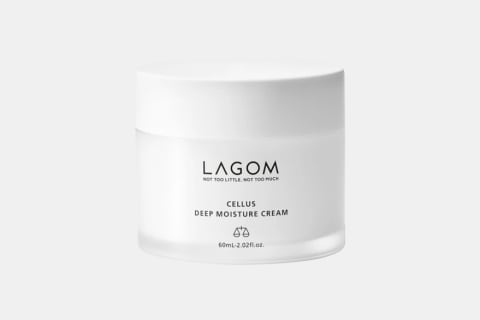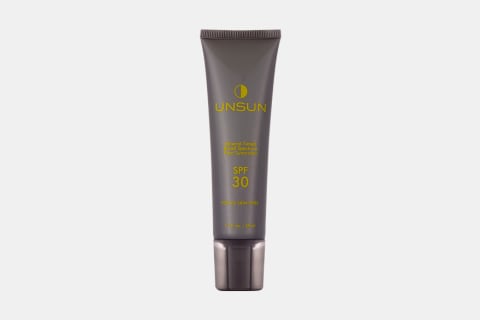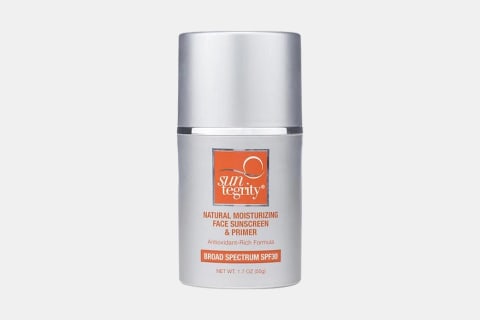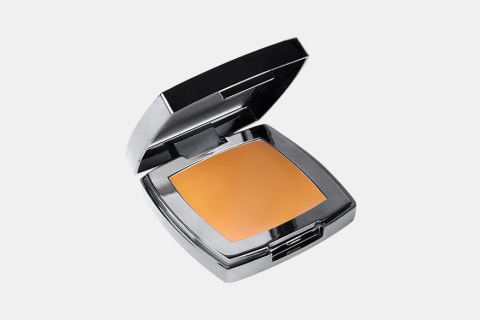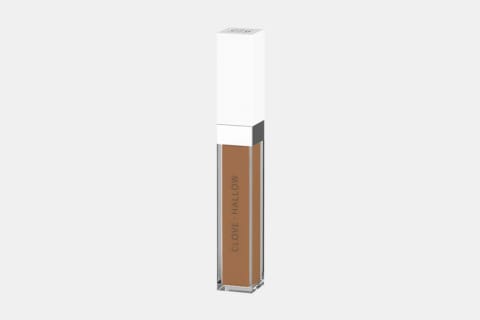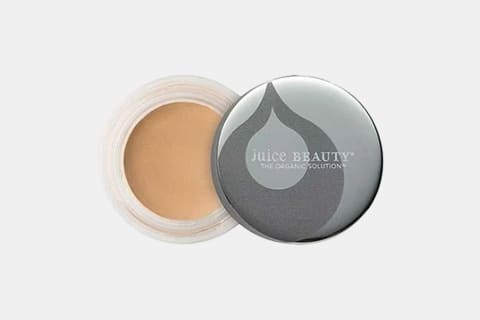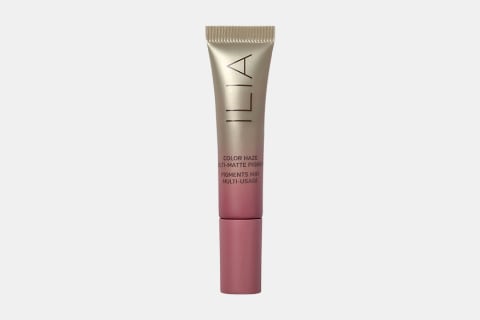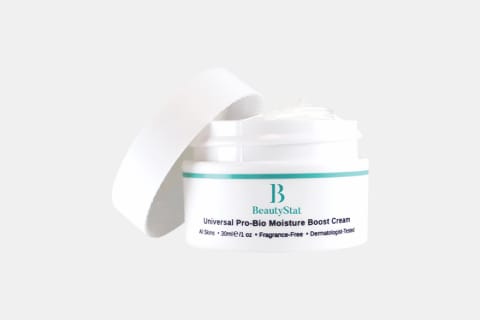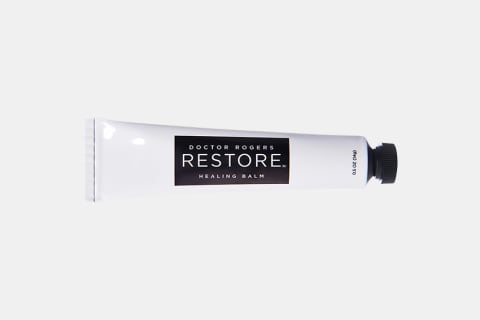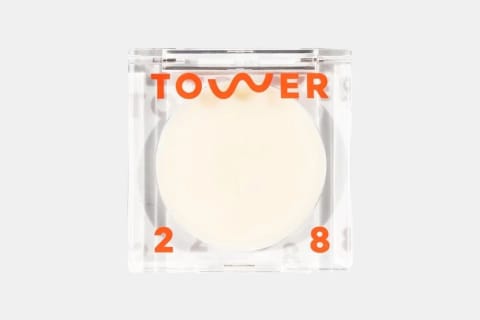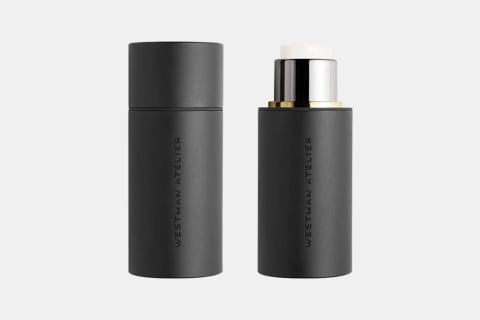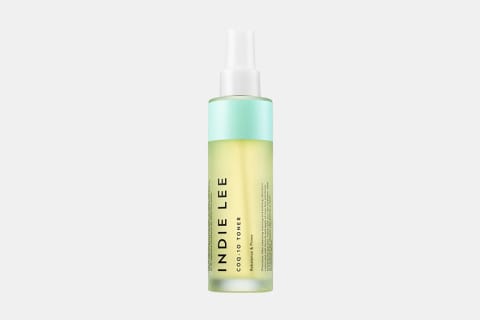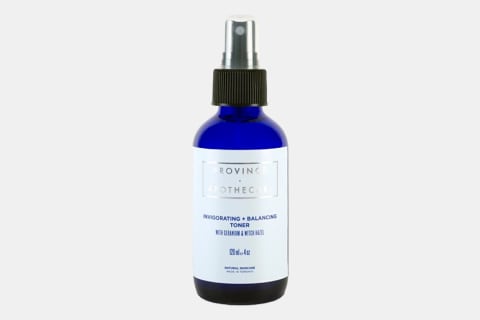The key difference with honey skin is texture: “Glass skin and dumpling skin are reflective and multidimensional looks, whereas honey skin appears semi-glossy, plump, and poreless, like a baby’s skin,” Compton adds. Think of the supple texture of honey rather than the radiance of glass or the three-dimensional feel of a dumpling. Consider it another skin care metaphor to add to the roster—one that emphasizes the dewiness of a dollop of honey, not necessarily the golden color of the nectar. Again, a hydrated texture is the goal here. Celebrity makeup artist AJ Crimson is partial to a silky moisturizer to add some sheen, so you don’t have to add as much highlighter later on. “I like to use a great moisturizer that has a lot of slip to create that fresh, beautiful look,” he says.
That’s not to say you can’t use a foundation at all if you’d like; for more coverage, Crimson recommends cream-based products that also contain active ingredients (like vitamin E, for instance). “Use products that always have a glow and radiance to them. It gives a really beautiful appearance without weighing down the skin.” If you do opt for foundation, here’s a celebrity makeup artist hack: Crimson routinely glazes a thin layer of baby oil (like this gentle option) across the high points of the face before applying any base makeup. That way, any product you build on top maintains that natural dewiness and sheen.
Try Crimson’s trick: Take a clear or slightly tinted lip gloss, applying the goop on a beauty sponge before tapping it in. “It gives you this really great highlighter effect without using high levels of mica and shimmer.” It is the year of multipurpose beauty looks, after all.




